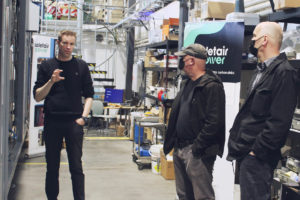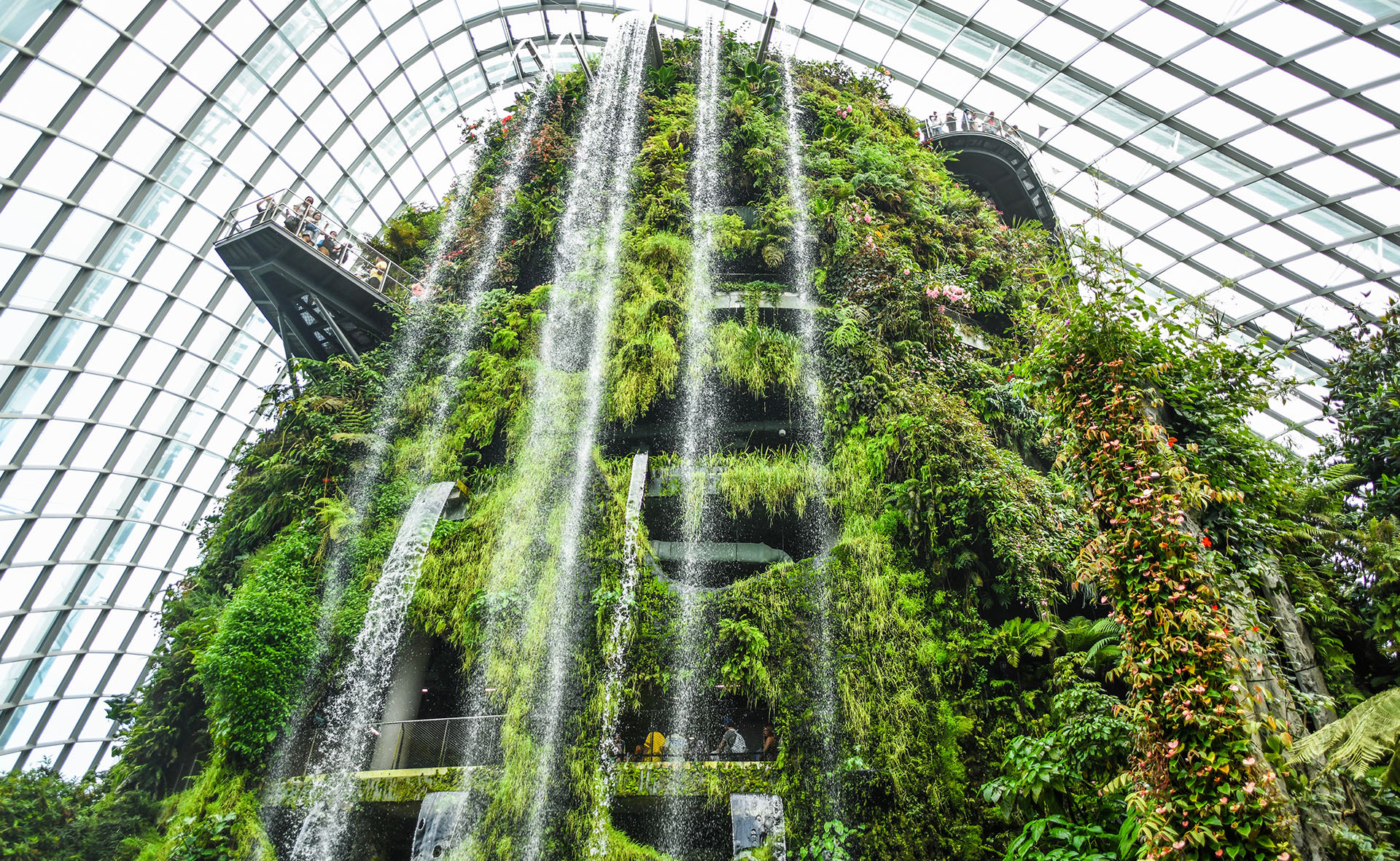For commercial real estate property owners, the need to reduce their building’s carbon emissions is becoming a pressing concern. Reducing environmental impact is a priority for companies across the world. Commercial property owners, buildings, occupiers and businesses will need to develop plans to decarbonize assets quickly, and at scale.
To meet globally agreed targets, nearly 40% of all buildings across the world will need to be decarbonized over the next 10 years.
Source: World Green Building Council: 2019 Global Status report for Buildings and Construction 2019 Global Status Report for Buildings and Construction | World Green Building Council (worldgbc.org) & UNEP-FI action framework on implementing the Paris climate agreement SustainableRealEstateInvestment.pdf (unepfi.org).
What is building decarbonization?
Building decarbonization is the process of permanent removal of carbon dioxide emissions from a building that contributes to climate change by implementing sustainable, clean energy systems and a low-tolerance approach to residual emissions.
Cities are responsible for nearly two-thirds of CO2 emissions that are driving global climate change. Beyond that, buildings account for nearly 40% of global greenhouse gas emissions due to their high day-to-day energy use and the carbon generated during their construction process. Every building on the planet must be net-zero-carbon by 2050 to meet the Paris Agreement targets of keeping global warming below 2 degrees Celsius.
So how do we get there?
Fortunately, there are now more ways than ever to meet this goal. Soletair Power is one of the most innovative solutions available to help commercial building owners reduce their building’s carbon footprint and make their buildings truly carbon negative in the long run.

Soletair Power HVAC-integrated carbon capture solution converts buildings into atmospheric CO2-capturing machines. This means that it can capture more CO2 than planting trees. HVAC operating costs can also be reduced when a low-CO2 environment inside the building reduces the requirement for high-volume airflow. By reducing the amount of outside air needed, installing Soletair Power’s HVAC-DAC system can provide significant energy savings. The modular solution is less expensive than large-scale carbon capture solutions, making it a much more efficient and cost-effective way to reduce emissions. At the same time, the building’s residents will enjoy CO2-lean air that has been proven to be directly linked to added productivity at work!
What’s more, Soletair Power can supply green CO2 captured from building to make products from air-captured carbon. If stored long term, it can reduce the building’s carbon footprint.
From 2024, building owners in some states in the US might face penalties and taxes for carbon emissions. By installing Soletair Power’s HVAC-integrated carbon capture systems, they can avoid these costs and even generate revenue by selling the captured CO2 to industries that use it as a raw material.
How is CO2 captured from the air by Soletair Power?
We remove CO2 from the air by integrating a technology called “direct air capture” with the HVAC system.





